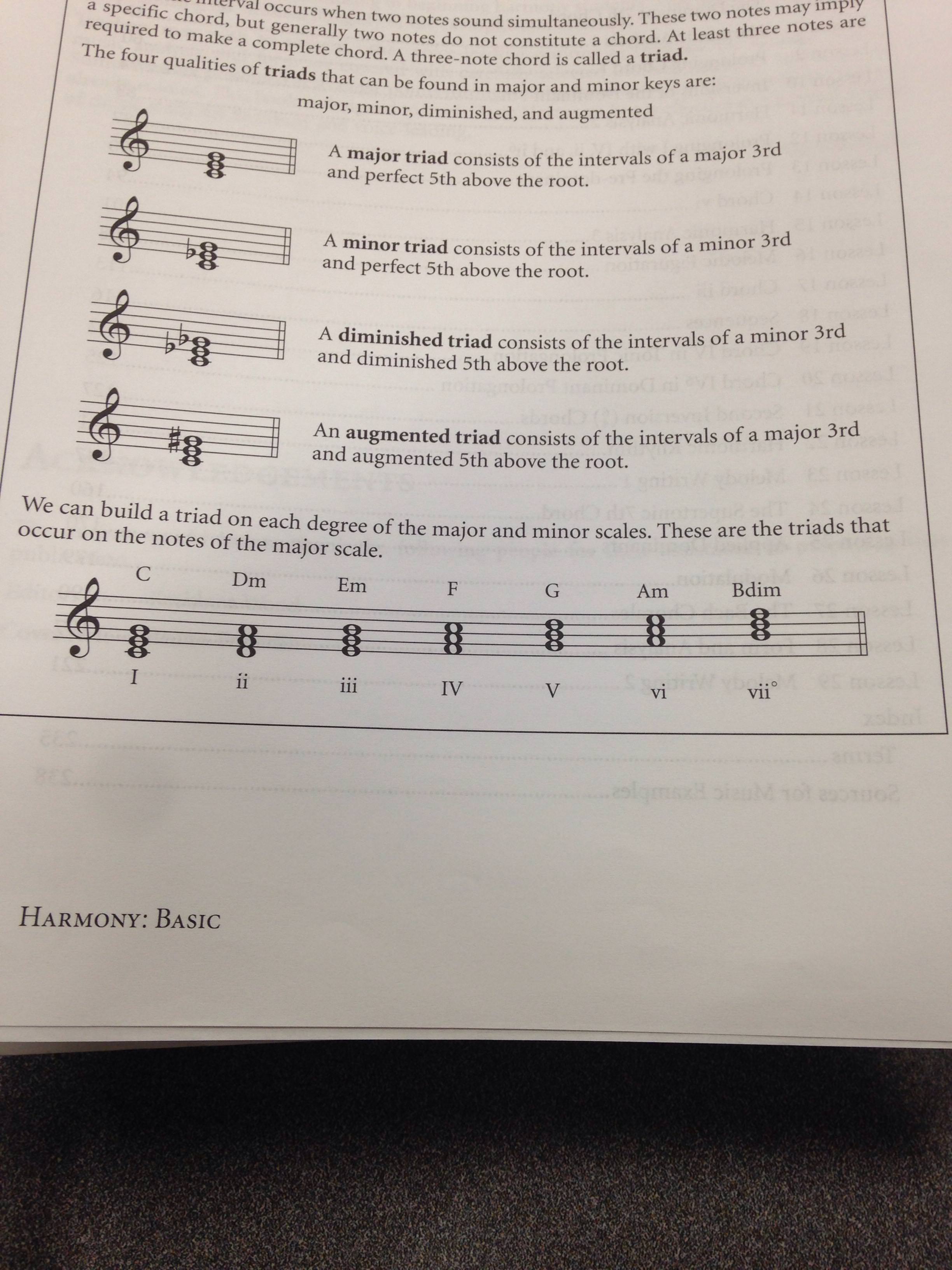I am just cracking into a book on basic Harmony (Mark Sarnecki, 2nd edition), and the first section begins with a review of the triads built on each degree of a C major scale, as shown in this picture.
Then after introducing the various types of 7th chords, the same sequence of chords is considered, along 7th chords built on the supertonic and dominant of the C major scale, as shown below.
It results in a minor 7th chord built on D, and a dominant seventh chord build on G.
My actual question:
It seems rather arbitrary that we've only done this on the second and fifth degree of the scale. Why not build a minor 7th chord upon E as well? or a major 7th chord on F? or all of the notes in the scale for that matter?


